A concave mirror of focal length 2cm is placed on a glass slab as shown in the figure. The image of point object O formed due to reflection at mirror and then refraction by the slab
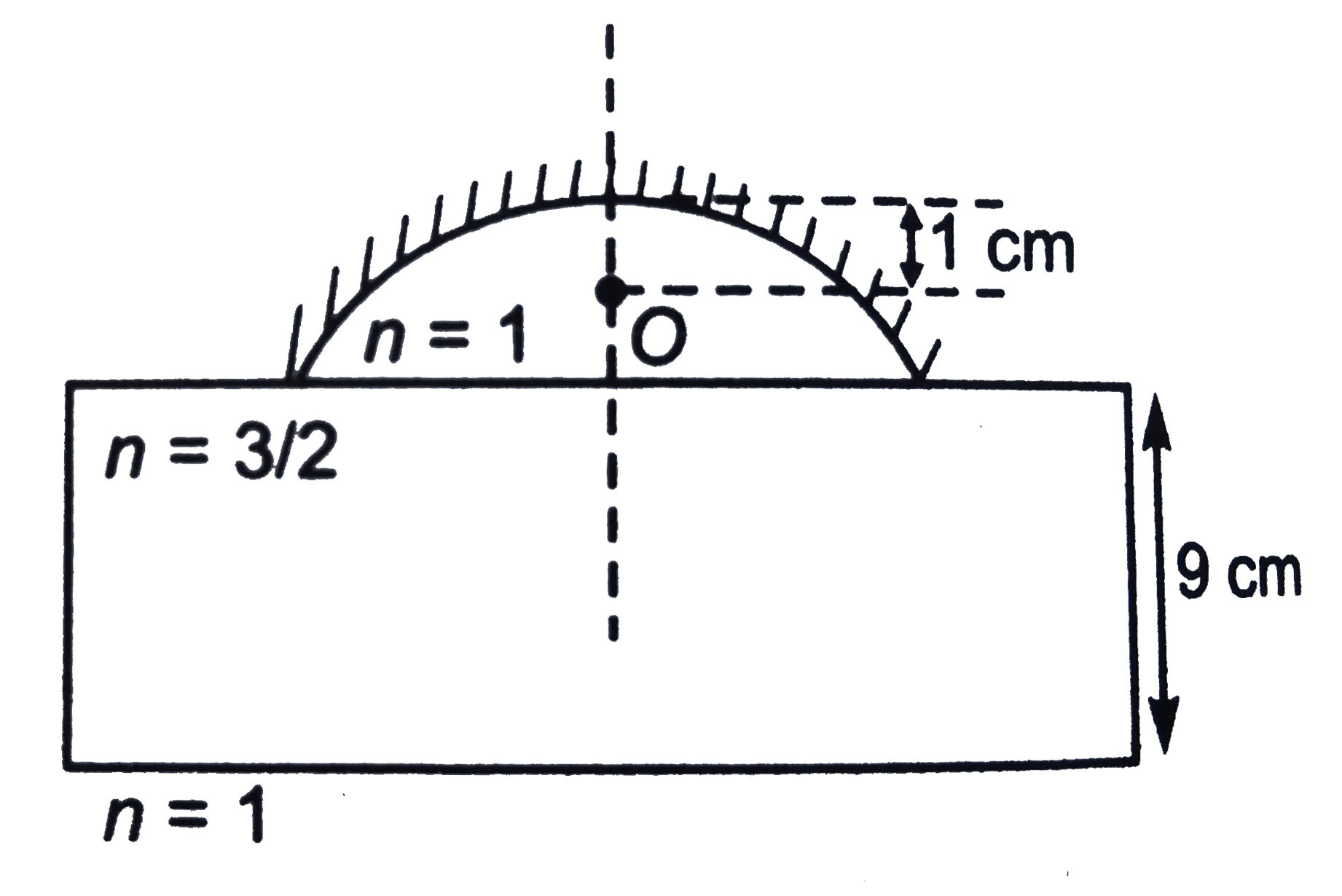
is virtual and at 2cm from pole of the concave mirror
is virtual and on the pole of mirror
is real and on the object itself
None of these
The correct Answer is:D
Reflection from the concave mirror, I1
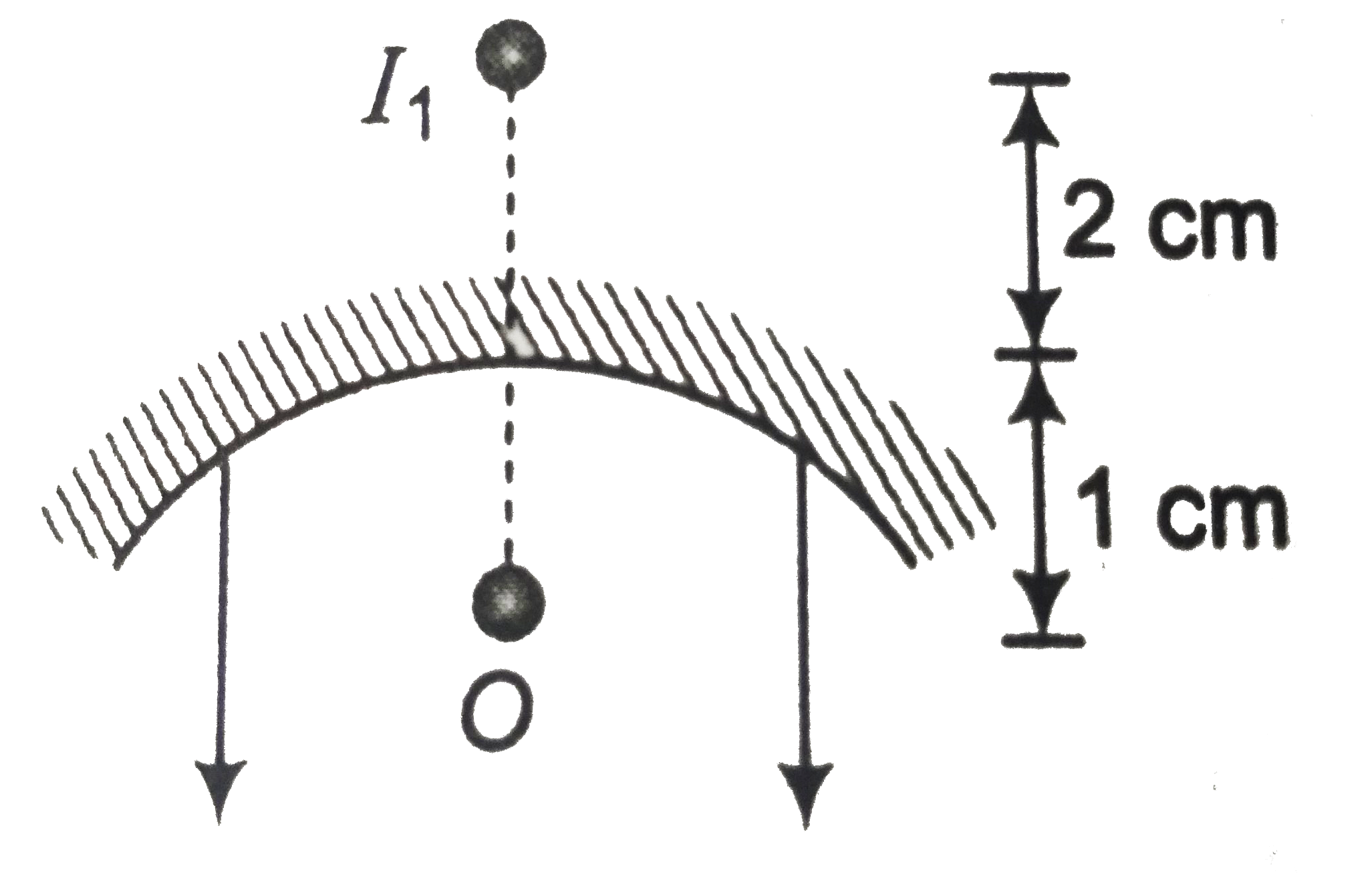
1v+1−1=1−2⇒v=+2cm
Shift due to slab=(1−1n)t
=(1−2/3)(9cm)
=3cm
Now, slab will make next image at a distance 3 cm
from I1 in the direction of ray of light, i.e. at O
itself but it is virtual, as the ray of light has crossed
the slab and we are making image behind the slab.
Topper's Solved these Questions
- REFRACTION OF LIGHTBook:DC PANDEYChapter:REFRACTION OF LIGHTExercise:Single Correct Option
Explore 3 Videos
- REFRACTION OF LIGHTBook:DC PANDEYChapter:REFRACTION OF LIGHTExercise:more than one correct option
Explore 1 Video
- REFRACTION OF LIGHTBook:DC PANDEYChapter:REFRACTION OF LIGHTExercise:Subjective Questions
Explore 8 Videos
- REFLECTION OF LIGHTBook:DC PANDEYChapter:REFLECTION OF LIGHTExercise:Subjective
Explore 9 Videos
- SEMICONDUCTORSBook:DC PANDEYChapter:SEMICONDUCTORSExercise:Subjective
Explore 12 Videos
Similar Questions
An object is placed at a distance of 12 cm from a convex lens. A convex mirror of focal length 15 cm is placed on other side of lens at 8 cm as shown in the figure. Image of object coincides with the object.

When the convex mirror is removed, a real and inverted image is formed at a position. The distance of the image from the object will be (cm) .
View SolutionAn object is placed in front of a concave mirror of focal length 20cm. The image formed is three times the size of the onject. Calculate focal length of the mirror and the position of the image.
View Solution
Knowledge Check
An object is placed at a distance of 40 cm from a convex lens of focal length 20cm. On the far side of the lens, a concave mirror of focal length 10cm is placed such that the distance of the object from the concave mirror is 100 cm. Then the final image which is formed after refraction from the lens, reflection from the mirror and again refraction from the lens, will be
Aat a distance of 40cm from the lens and of the same size of the objectBat a distance of 20cm from the lens and of the same size of the objectCat a distance of 20cm from the lensDat a distance of 40 cm from the lens and of half the size of the objectA concave mirror has focal length 15cm. If an object is placed at a distance of 30 cm from the mirror, then image formed by the mirror lies at a distance (from the mirror)
Aless than 15.0 cmBbetween 15.0 cm and 30,0 cmC30 cmDbeyond 30 cm
A concave mirror has a focal length of 5 cm. When an object is placed at a distance of 15 cm from the mirror, then the image is formed in front of the mirror at ____cm.
View SolutionA concave mirror of focal length 'f' forms an erect image twice the size of an object. Find the object distance from the mirror.
View SolutionA concave mirror of focal length 20 cm is placed 40 cm away from a convex mirror of focal length 15 cm . An object is placed between both the mirrors, 15 cm away from the convex mirror. Find the position of image formed by reflection from concave mirror followed by convex mirror. What is nature of the image formed ?
View SolutionA rod AB of length 5 cm is placed in front of a concave mirror of focal length 10 cm as shown in figure. The length of the image of AB formed by the mirror is
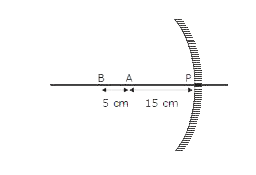
View SolutionFig. shows a plane mirror M placed at a distance of 10cm from a concave lens L. A point object is placed at a distance of 60cm from the lens. The image formed due to refraction by the lens and reflection by the mirror is 30cm behind th mirror. What is the focal length of this lens ?
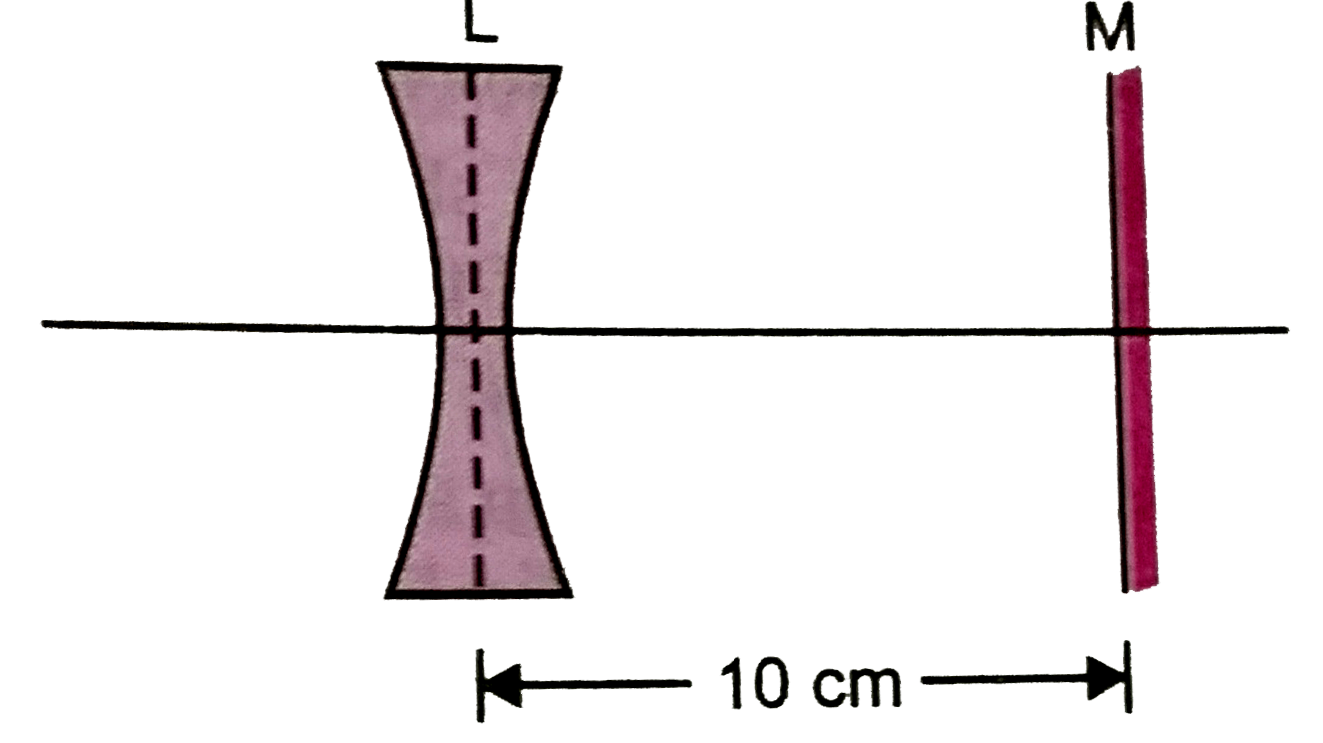 .
.
View SolutionA concave mirror of focal length 10cm is placed in front of a convex mirror of focal length 20 cm. The distance between the two mirrors is 20cm. A point object is placed 5cm from the concave mirror. Discuss the formation of image.
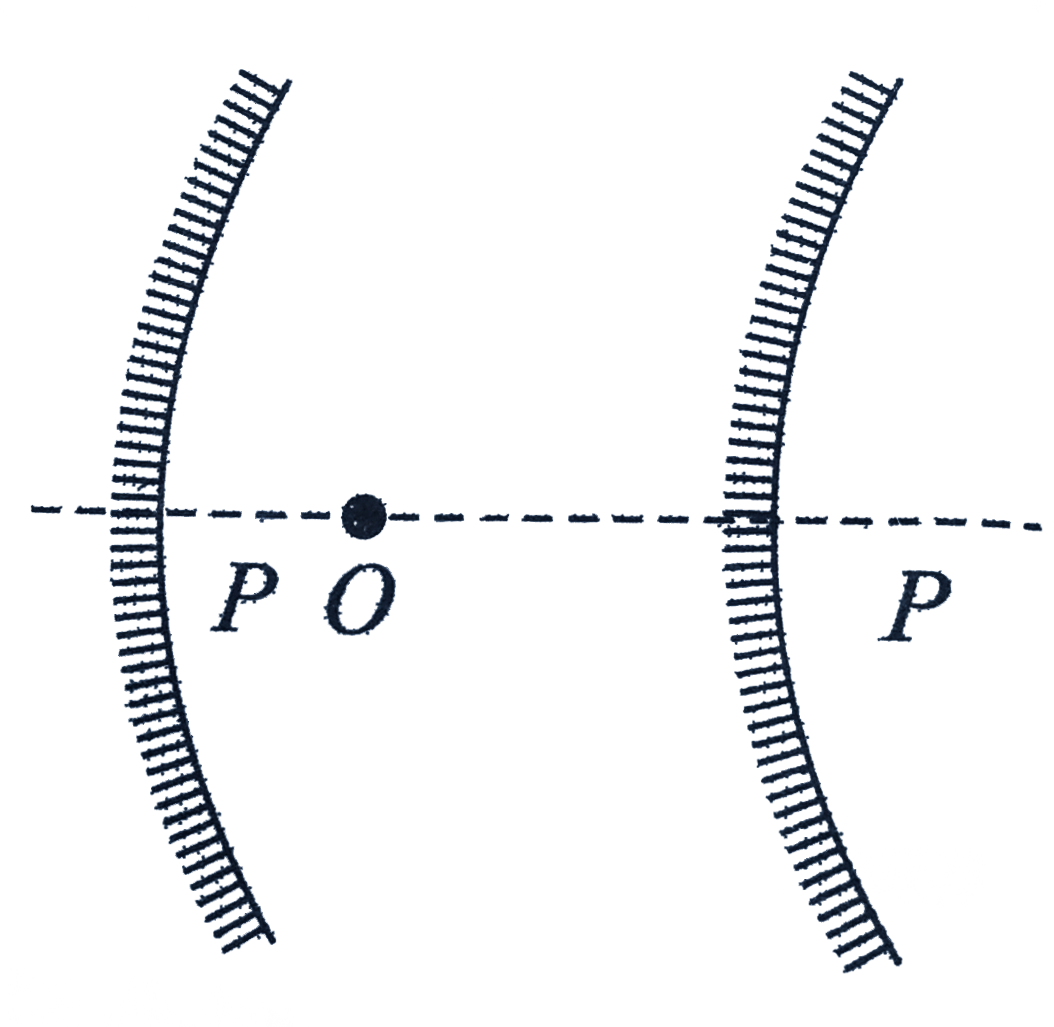
View Solution

